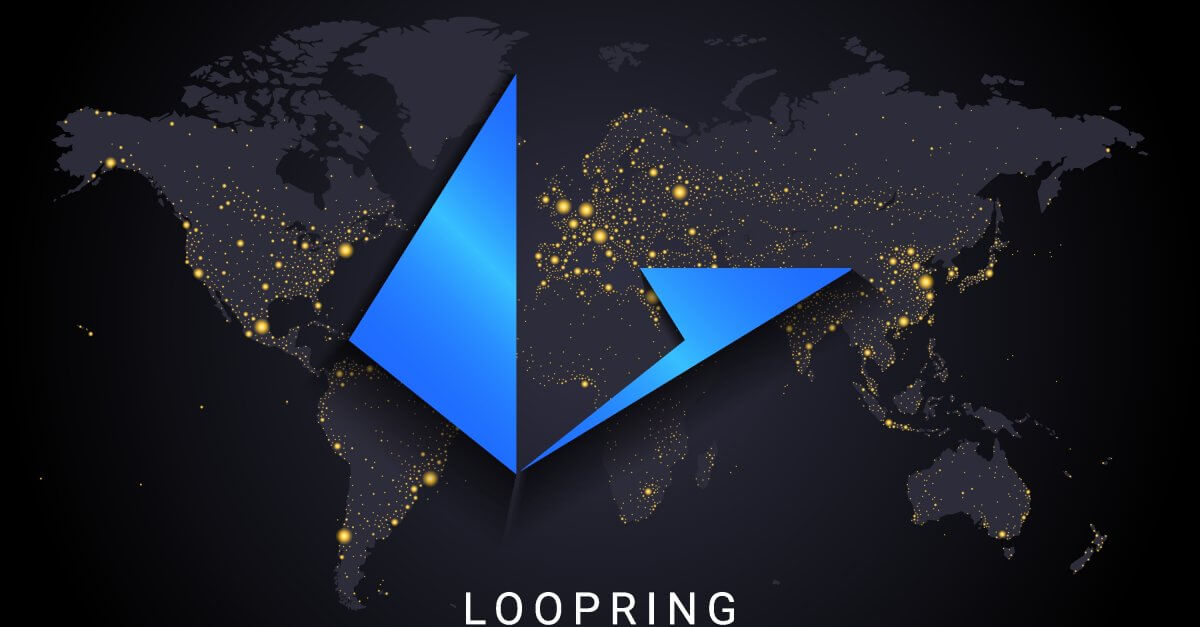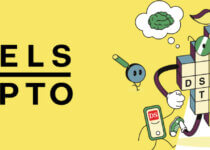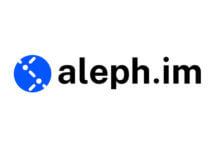Loopring (LRC): A Deep Dive into Decentralized Exchange Technology
Loopring (LRC) carves a niche in the ever-evolving landscape of cryptocurrency by offering a decentralized exchange (DEX) protocol. Unlike traditional, centralized exchanges, DEXs empower users to retain control over their crypto assets throughout the trading process. This article delves into the world of Loopring, exploring its origins, technical functionalities, advantages of its DEX protocol, and its place in the cryptocurrency market.
Decentralized Dreams: The Birth of Loopring
The emergence of Loopring is intertwined with the core tenets of blockchain technology – transparency, security, and user empowerment. Centralized exchanges, while offering a convenient platform for trading cryptocurrencies, concentrate control and custody of user assets in the hands of a single entity. This vulnerability raises concerns about security breaches, manipulation, and potential limitations.
Loopring, founded in 2017 by Daniel Wang and his team, envisioned a decentralized alternative. Their solution: a protocol that facilitates secure, efficient, and low-cost cryptocurrency trading on a peer-to-peer (P2P) basis, eliminating the need for a central intermediary.
Unveiling the Technicalities of Lookring
Loopring’s DEX protocol operates on a foundation of innovative cryptographic techniques. Here’s a breakdown of some key features:
-
Ring Signatures: Loopring leverages ring signatures, a cryptographic technique that allows a group of users to generate a signature on a transaction without revealing the identity of the individual who signed it. This enhances transaction privacy while maintaining verifiability.
-
ZK-Rollups: Loopring utilizes zk-rollups, a type of layer-2 scaling solution that enables transactions to be processed off-chain (outside the main Ethereum blockchain) and then batched and settled on-chain. This significantly reduces transaction fees and improves scalability compared to traditional DEXs built directly on the Ethereum blockchain.
-
Orderbook Matching Engine: At the core of Loopring’s functionality lies an orderbook matching engine that facilitates the matching of buy and sell orders between users. This engine operates on a decentralized manner, ensuring transparency and fairness in order execution.
-
Non-Custodial Trading: Unlike centralized exchanges, Loopring promotes a non-custodial trading experience. Users retain control of their private keys and crypto assets throughout the trading process, eliminating the risk of exchange hacks or mismanagement.
It’s crucial to remember that the technical specifications of Loopring’s protocol are subject to ongoing development and improvement.
Advantages of Loopring’s DEX Protocol
Loopring’s DEX protocol offers several advantages over traditional, centralized exchanges:
-
Security: By eliminating the need to deposit funds on an exchange, Loopring mitigates the risk of exchange hacks and fraudulent activity. Users retain custody of their crypto assets throughout the trading process.
-
Transparency: Loopring’s on-chain settlement ensures the immutability and transparency of transactions. All trades are recorded publicly on the blockchain, fostering trust and reducing the potential for manipulation.
-
Efficiency and Scalability: By utilizing zk-rollups, Loopring can process a significantly higher volume of transactions compared to traditional DEXs. This translates to faster trade execution and lower transaction fees.
-
User Control: Loopring empowers users with complete control over their crypto assets. Users are not reliant on a central authority to manage their funds, promoting self-sovereignty.
-
Openness and Interoperability: Loopring’s protocol is designed to be open and interoperable. This allows for integration with other DEXs and wallets, fostering a more interconnected and competitive DeFi ecosystem.
These advantages position Loopring as a compelling solution for users seeking a secure, transparent, and efficient platform for trading cryptocurrencies.
Loopring (LRC) Token and its Role in the Ecosystem
The Loopring protocol is powered by its native token, LRC. LRC serves several purposes within the ecosystem:
-
Staking: Users can stake LRC tokens to earn rewards and participate in the governance of the Loopring protocol. Staking contributes to the security and decentralization of the network.
-
Trading Fees: LRC tokens can be used to pay for transaction fees on the Loopring DEX. Utilizing LRC for fees incentivizes users to hold the token and contributes to its overall demand.
-
Ecosystem Incentives: The Loopring team allocates a portion of LRC tokens to incentivize developers and early adopters who contribute to the growth and development of the Loopring ecosystem.
The value of the LRC token is directly tied to the adoption and usage of the Loopring DEX protocol. As more users trade on Loopring, the demand for LRC tokens is likely to increase.
Loopring (LRC) in the Market: Price Performance and Trading
The price of LRC, like most cryptocurrencies, has experienced significant fluctuations since its launch. The token witnessed a surge in value in late 2021 coinciding with the broader DeFi (Decentralized Finance) boom. However, market corrections and overall cryptocurrency market volatility have led to a decline in price since then.
Trading volume on Loopring’s DEX has also witnessed variations. Periods of heightened interest in DEXs and DeFi have generally correlated with increased trading activity on Loopring. However, it’s important to acknowledge that Loopring still competes with established centralized exchanges with significantly higher trading volumes.
Several factors can influence the price and trading activity of LRC:
-
Overall Cryptocurrency Market Trends: The broader cryptocurrency market sentiment significantly impacts individual token prices, including LRC. Bullish market trends can lead to increased demand for LRC, while bearish trends can cause price declines.
-
Adoption and Integration: The integration of Loopring’s DEX protocol with other DeFi applications and wallets can drive user adoption and trading activity, potentially boosting the value of LRC.
-
Developments within the Loopring Ecosystem: Advancements in the Loopring protocol, partnerships, and new features can attract users and contribute to a more robust ecosystem, positively impacting the LRC token.
-
Regulatory Landscape: Evolving regulations surrounding cryptocurrencies can create uncertainty and impact investor sentiment, potentially affecting the price of LRC.
Investors venturing into LRC should exercise caution and conduct thorough research before making any investment decisions.
The Future of Loopring: Challenges and Opportunities
Loopring navigates a dynamic landscape with both challenges and opportunities:
Challenges:
-
Competition: The DEX space is becoming increasingly competitive, with numerous established and emerging protocols vying for user adoption. Loopring needs to continuously innovate and differentiate itself to stand out.
-
Scalability: While zk-rollups offer significant scalability improvements, further advancements might be necessary to handle even higher transaction volumes as the ecosystem grows.
-
Liquidity: DEXs often face challenges with liquidity compared to centralized exchanges. Loopring needs to find strategies to attract liquidity providers and ensure smooth order execution for users.
-
User Experience: Improving the user experience of the Loopring DEX is crucial for attracting and retaining users. This includes making the platform user-friendly and accessible to a wider audience.
Opportunities:
-
Growth of DeFi: The burgeoning DeFi market presents a significant opportunity for Loopring. As DeFi adoption increases, the demand for secure and efficient DEXs like Loopring is likely to rise.
-
Innovation: Continuous innovation in the zk-rollup technology and exploring other layer-2 scaling solutions can solidify Loopring’s position as a leading DEX protocol.
-
Partnerships: Strategic partnerships with other DeFi projects and blockchain platforms can expand Loopring’s reach and user base.
-
Community Building: Fostering a strong and active community around Loopring is vital for long-term success. Engaging with developers, users, and potential partners can drive innovation and adoption.
The future of Loopring hinges on its ability to address these challenges and capitalize on the exciting opportunities that lie ahead.
Beyond the Technical: The Social and Philosophical Context of Loopring
The emergence of Loopring signifies a broader movement towards a more decentralized financial system. Here are some social and philosophical aspects surrounding Loopring:
-
Empowering Users: Loopring aligns with the philosophy of empowering users and giving them control over their financial assets. This resonates with individuals who value financial self-sovereignty and independence from centralized institutions.
-
Openness and Transparency: Loopring’s on-chain settlement and open protocol promote transparency and immutability in financial transactions. This fosters trust and reduces the risk of manipulation within the financial system.
-
Innovation and Experimentation: Loopring embodies the spirit of innovation prevalent in the blockchain and DeFi space. Its development contributes to the exploration of alternative financial models and infrastructure.
Conclusion: Loopring – A Building Block for a Decentralized Financial Future
Loopring stands as a pioneer in the DEX landscape, offering a secure, efficient, and user-controlled platform for cryptocurrency trading. While challenges remain, the potential for growth within the DeFi space presents exciting opportunities for Loopring. Its success will depend on continuous innovation, community building, and navigating the evolving regulatory environment. Whether Loopring becomes a cornerstone of a decentralized financial future remains to be seen. However, its presence signifies a crucial step towards a more transparent, user-centric, and accessible financial system.







